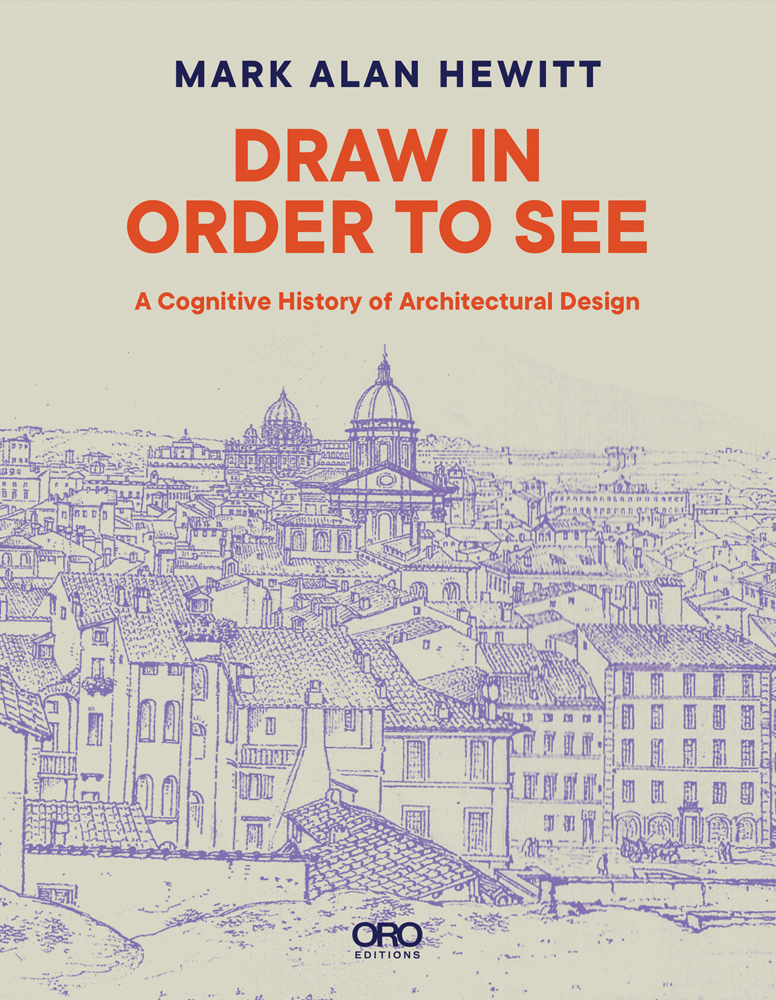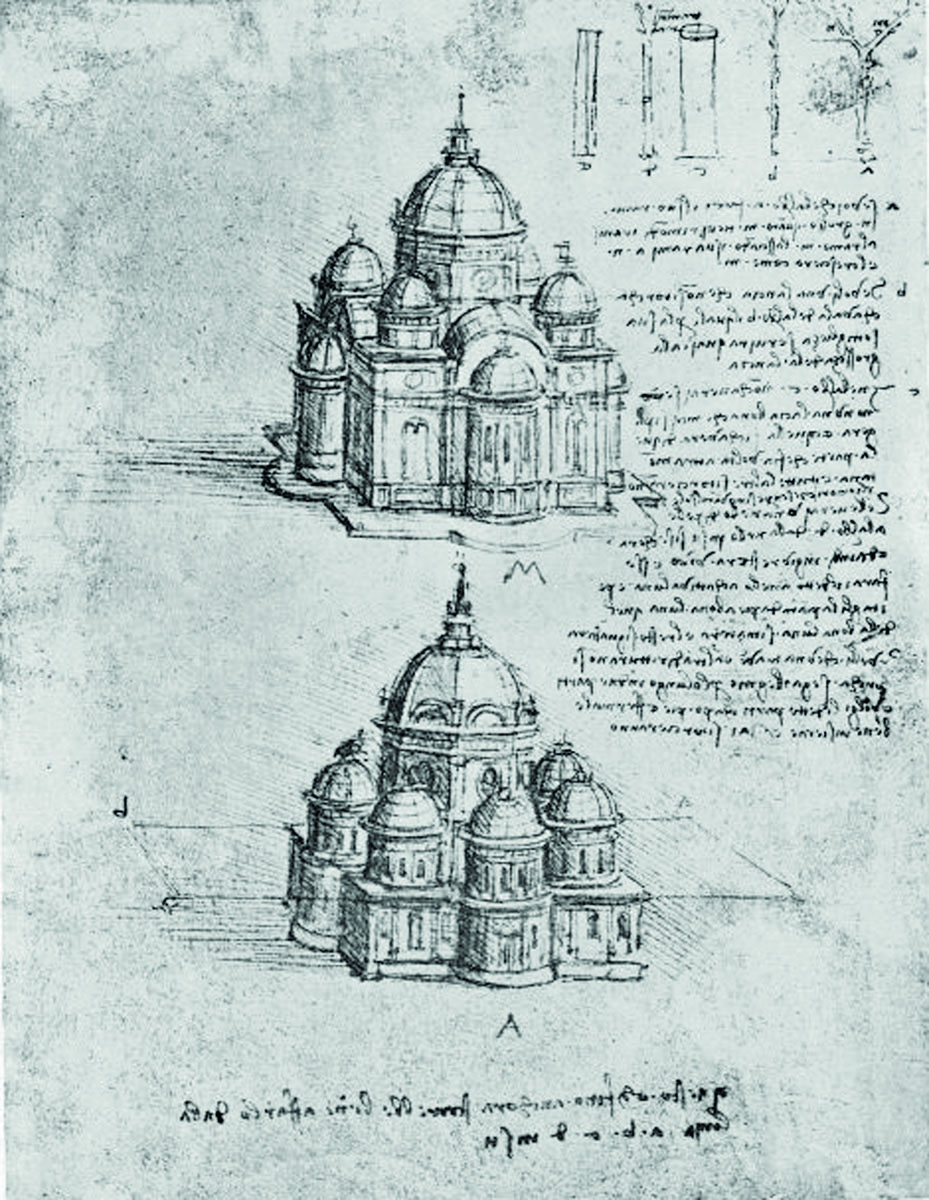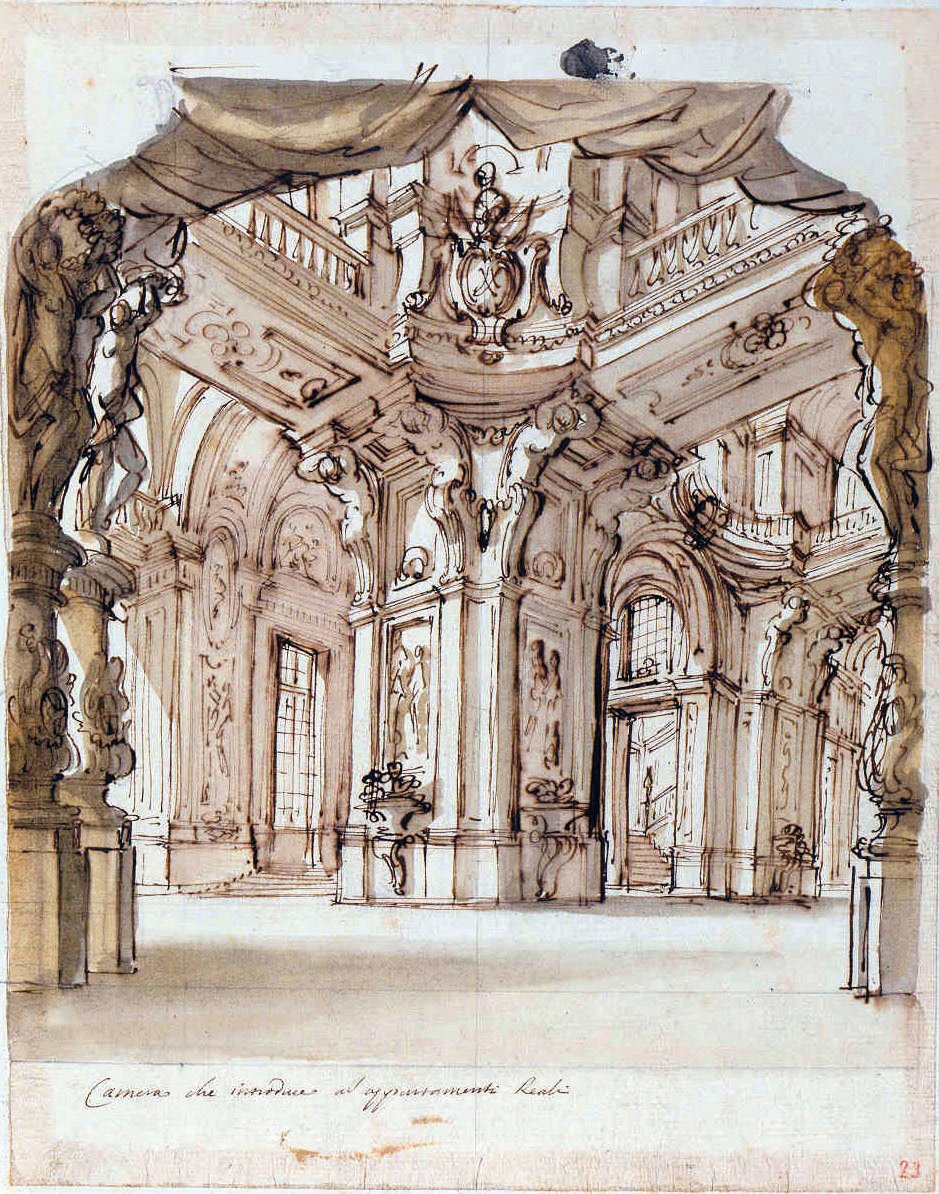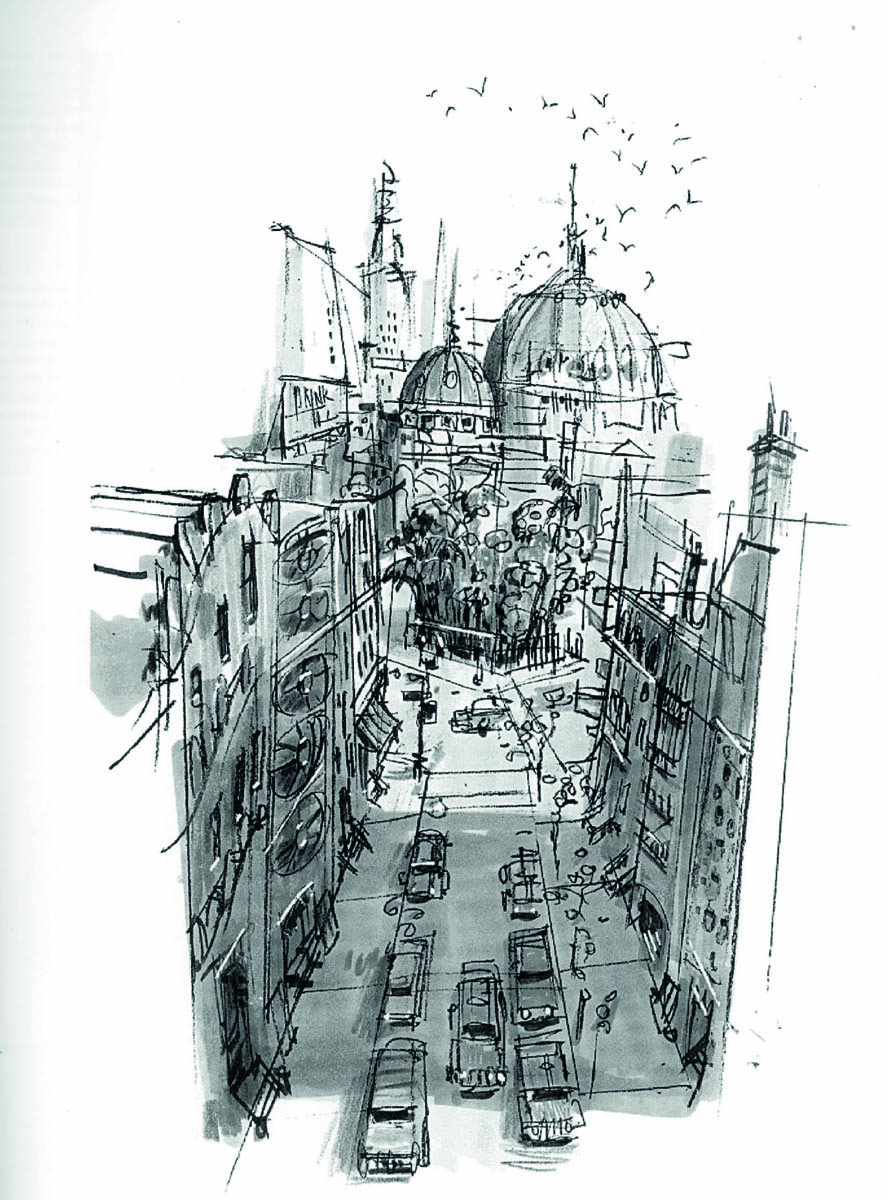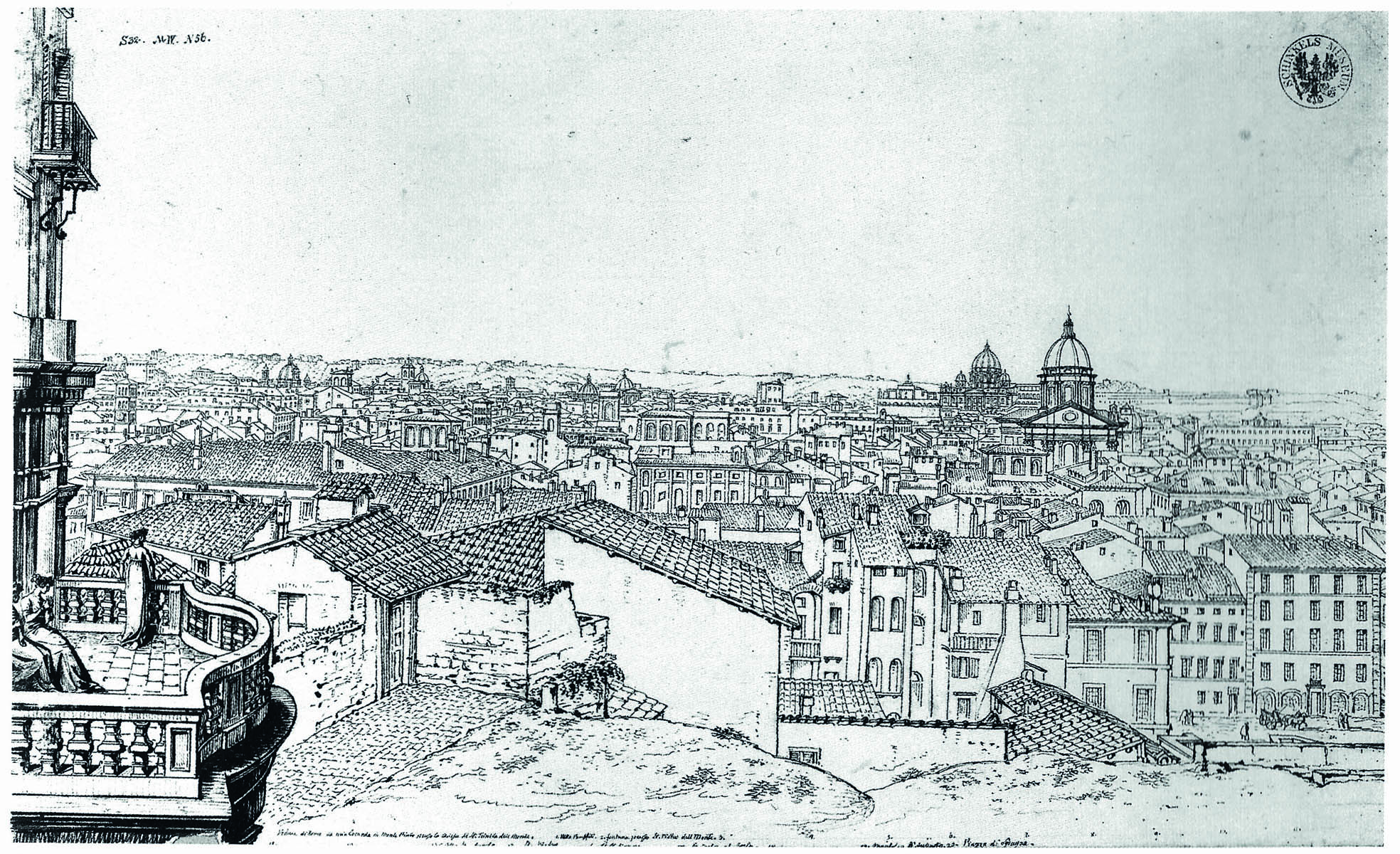Draw in Order to See
A Cognitive History of Architectural Design
- First book to survey the history of architectural design using the latest research in cognitive neuroscience and embodied cognition
- Combines the research methods of Mark Alan Hewitt with a summary of key neuroscientific discoveries that are likely to influence those approaches in the future
- This book is comprehensive as a historical narrative, and contains many of the current references to the history of design and representation
- Presents a clear view of current research in two related fields that have not been compared before now and outlines a strategy for future research
Draw In Order to See
is the first book to survey the history of architectural design using the latest research in neuroscience and embodied cognition.
At present, among the dozens of books on architectural drawing, design theory, methodologies, model making, CAAD, and planning, there is no book that specifically looks at the history of representation as a reflection of cognitive habits among individuals and groups of architects. As a historian and a practicing architect, Mark Hewitt has a unique point of view, that has enabled him to study the design practices of many architects during various eras, beginning in the Renaissance and stretching into the late 20th century. His earlier published books have touched on subjects related to design practice, as many have dealt with the lives of architects and designers. In addition, he has written dozens of biographies of architects, published essays on architectural representation, and wrote a master’s thesis on visual perception and architecture. Hewitt has dedicated more than 30 years to writing about the process of conception (or visualisation) of buildings in the brain. Researchers on that subject now consistently cite one of his earliest studies on drawings and modes of conception.
This book pursues that line of inquiry with the new discoveries about visual perception, cognition and embodiment that have revolutionised brain science. Hewitt believes that looking historically at how architects have designed, a brain-based practice developed during and after the Renaissance, once drawings became sophisticated enough to provide feedback for perception and memory in the cortex. His contention is that disegno, as invented in Italy during the time of Leonardo and Michelangelo, initiated that system, and that it was translated into a curriculum during the rise of Beaux Arts institutions prior to the 1920s, after which the Bauhaus system replaced it completely with what we have today.
- Publisher
- ORO Editions
- ISBN
- 9781943532834
- Published
- 3rd Jul 2020
- Binding
- Paperback / softback
- Territory
- World excluding USA, Canada, Australasia & Asia (except Japan; China non-exclusive)
- Size
- 229 mm x 178 mm
- Pages
- 296 Pages
- Illustrations
- 290 color
Distributed by ACC Art Books
Our Catalogues
Please log-in or create an account to see your recent items.
